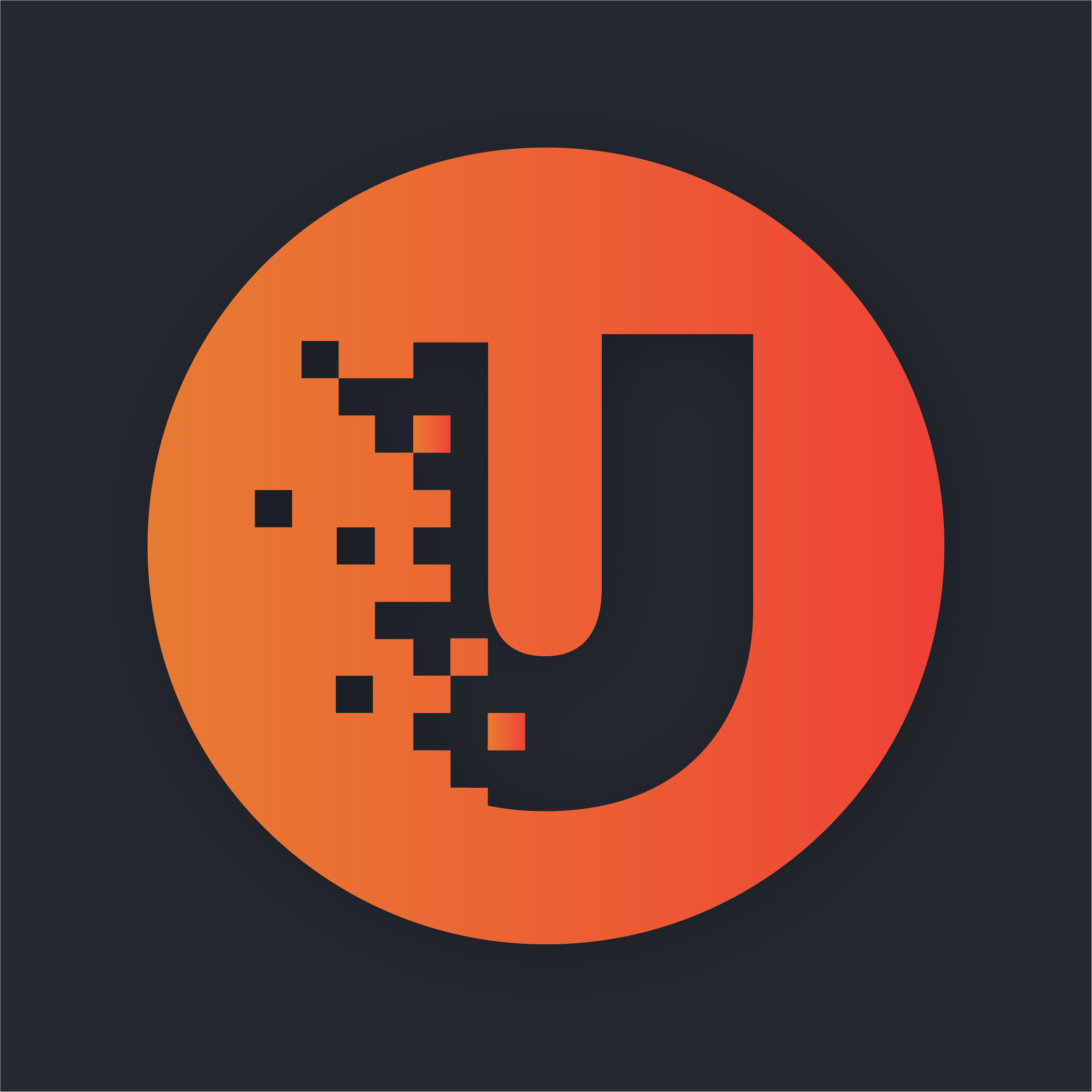
Coda, a blockchain that is focused on compressing its data, has announced that it has raised more than $15 million since its original announcement. The new funding comes from several high-profile investors, including Coinbase and Paradigm. And Coda hasn’t just raised new capital—it is also hinting that users will soon be able to get involved with the platform.
Coda’s 22 KB Blockchain
Coda has a unique mission: to offer a very small blockchain with nodes that can be run anywhere. By comparison, Bitcoin’s blockchain takes up more than 200 gigabytes of space. This isn’t important if you just want to spend crypto, but it puts heavy demands on users who want to make use of the blockchain’s full set of features.
Meanwhile, Coda’s blockchain takes up just 22 kilobytes of space. This is possible because of “tiny, portable cryptographic proofs” called zk-snarks. The end result is that even the simplest systems, such as websites and mobile phones, will be able to run a Coda node. This is important because as more users run nodes, blockchains become more decentralized.
For general users, this means that Coda will support new blockchain apps that require less trust than ever before. Although countless decentralized apps already exist on EOS and Ethereum, Coda wants to improve on what is currently possible. Coda suggests, for example, that it will be able to support a maximally decentralized social network that “treats your data with privacy and respect.”
How Coda Works
Coda uses two types of nodes. Its lighter nodes are called “snarking nodes,” and they use zk-snarks to verify the Coda blockchain. This process is not very demanding, and it can be run anywhere. Coda additionally uses proof-of-stake nodes, which determine blockchain consensus and have somewhat heavier responsibilities.
By contrast, most blockchains rely heavily or exclusively on full nodes, which must store the complete history of that blockchain’s transactions. Admittedly, some blockchains do mitigate their large space requirements with a feature called “pruning.” However, Coda’s approach will allow it to maintain its small size permanently.
With last week’s announcement, Coda is coming closer to fruition. During the past year, the project has released its programming language, launched a testnet, and completed its consensus system. Over the next few months, users will also be able to run nodes and develop Coda apps—all of which suggests that a full launch is not far off.

Unhashed.com is author of this content, TheBitcoinNews.com is is not responsible for the content of external sites.
Our Social Networks: Facebook Instagram Pinterest Reddit Telegram Twitter Youtube










